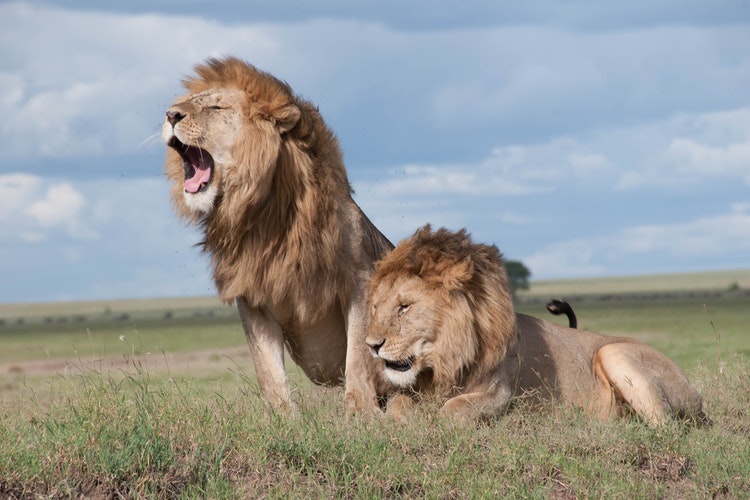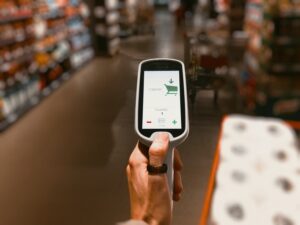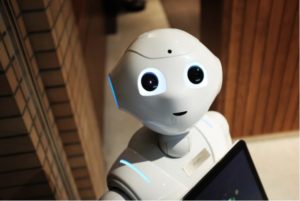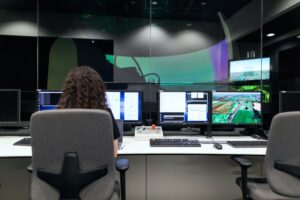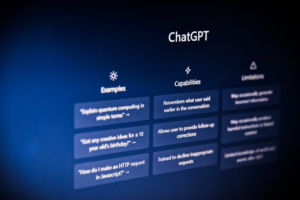Artificial intelligence has been helping many different areas of everyday American life evolve since the turn of the Millennium, and a lot of its uses have been for good causes. Non-profits utilize data management software to find better ways to contact new donors, and they also utilize AI and machine learning to determine who requires their services the most, maximizing the ability to help out.
Wildlife conservation is proving to be another area where artificial intelligence, machine learning, and data science can be used for social good. Here are 3 ways it is helping the fight against deforestation and some other factors hindering wildlife conservation.
Anti-Poaching
Harvard University is developing a new tool called PAWS, which stands for Protection Assistant for Wildlife Security, that uses artificial intelligence to help rangers in their ongoing fight against poachers. Rangers’ day-to-day lives are difficult enough, having to spend a large majority of their time away from family, and in many cases, in close proximity to some pretty dangerous creatures.
“The more artificial intelligence can help these overworked-and-underpaid rangers, the more likely they are to find success in their fights against poaching (and other things).”
What PAWS do is utilizes a pre-programmed grid system to monitor activity in a given park. This can mean animal activity and tourist activity, but it really helps to determine where poaching hotspots may form so preventative measures can be taken. Utilizing machine learning, new PAWS systems can take what’s already been learned from the other systems’ data and use it for predictive analysis to combat poaching at the new park.
Tourists Helping Research
A popular navigation app that more than 50 million people have downloaded worldwide is called Waze, and though similar to Google Maps and TomTom systems, it also allows for user interaction much like a social media website. Waze allows it’s users to report things like car accidents and police presence, and they also use their user’s information to predict where traffic may be in the future and recommend alternate routes.
GiraffeSpotter is an app that utilizes a lot of the same premises, but instead of helping humans navigate traffic, it helps giraffes relay information to scientists who can help protect them, and further study them.
Tourists with the app simply snap a picture of a giraffe in the wild, and a team of park rangers and scientists utilize the location, time, and other demographics to predict herding patterns. The more tourists, the more information for research!
YouTube
If someone takes a video of something cool or entertaining in the wilderness or otherwise related to wildlife, there’s a very good chance it’s going to wind up on YouTube in a very short amount of time, and if deemed worthy of going viral, it can be seen by millions of people overnight.
No matter the amount of reach a videos gets, however, the time and place of where it was taken can be utilized for research the same way the aforementioned GiraffeSpotter works.
AI is being developed that scours youtube for videos and uses the data from these videos to determine the when, where, and why related to a given occurrence in nature.
One such program is called Wildbook, which can be programmed for a given species, and then searches up and down the catalogue of videos on YouTube, returning links to anything that contains the given animal. Much like the other programs mentioned, this information can be used for a lot of different research initiatives, especially those related to predictive analysis of where the animals are expected to move to.
The Future
There is already plenty to be excited about when it comes to AI being used for good around the globe, and more initiatives are being taken to simply help us learn.
Without knowledge, progression is very difficult, but with advances in ways, we can collect that knowledge more quickly than ever, the information available to scientists is going to grow exponentially over the next few years. As long as the trend continues, AI should play an enormous role in the future of the protection of animals and the environments they call their homes.

